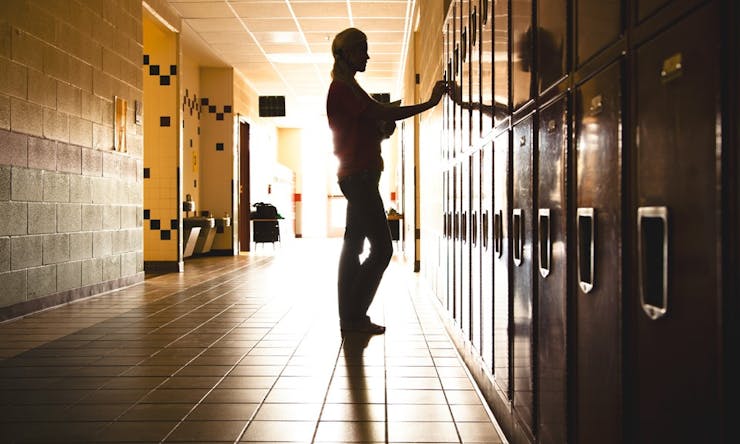A few months ago, we wrote about why cannabis legalization doesn’t lead to higher teen use rates. A recent Washington study from the American Academy of Pediatrics bolsters that claim with new evidence showing that minors do not feel cannabis has been any easier to obtain since the state legalized recreational use in 2012. This data comes from the Washington State Healthy Youth Survey which polls tens of thousands of students each year across hundreds of schools.
In 2010 (two years before Washington legalized), 55 percent of teens surveyed reported it was “easy” to get their hands on cannabis. Fast forward to 2014 – two years deep into Washington’s legal cannabis industry – and you’ll notice that things haven’t really changed at all. In fact, 54 percent of teens reported cannabis being easy for them to obtain – a slight but meaningful decrease.
One of the arguments hanging over cannabis initiatives is the prevailing belief that legalization increases access to kids. We feel like we’ve beat this dead horse to a pulp, but allow us to remind you of all the evidence stacking against this claim:
- Since Colorado legalized in 2012, monthly teenage cannabis use dropped from 22% in 2011 to 20% in 2013. The percentage of teens who had used cannabis at all in that time frame also dropped substantially from 45% to 39%.
- According to both the 2014 Monitoring the Youth survey and the 2013 National Survey on Drug Use, nationwide underage cannabis use has dropped slightly. Mind you, this decrease occurred as multiple states adopted recreational legalization measures and increased nationwide conversations about legalization.
- A national analysis of teen approval ratings of cannabis between 2002 and 2013 showed that legalization did not cause increases in underage approval.
- An NIH-funded study looking at data from 1991 to 2014 concluded that “passage of state medical marijuana laws does not increase adolescent use of marijuana.”
- A couple months ago, a new study debunked a 2015 report that indicated medical marijuana laws caused increases in underage consumption.
Just last week, we touched on a dispute in Massachusetts in which the state’s Association of School Superintendents claimed that legal marijuana equates to “increased use and abuse by young people.” The Massachusetts Campaign to Regulate Marijuana Like Alcohol’s spokesperson Jim Borghesani promptly argued that adolescent use in Colorado decreased post-legalization, adding, “The more dangerous market is the one that exists today — where drug dealers don’t ask for IDs.”
Washington, Colorado, and the many other states with legalized cannabis provide an important experimental site from which we can mine data. We’re now able to see the actual impact cannabis has on our minors and use that to adjust and inform policy going forward. And at this point, it appears to be beyond the realm of wishful thinking as we realize that smart drug policy is not about prohibition: it’s about education.








